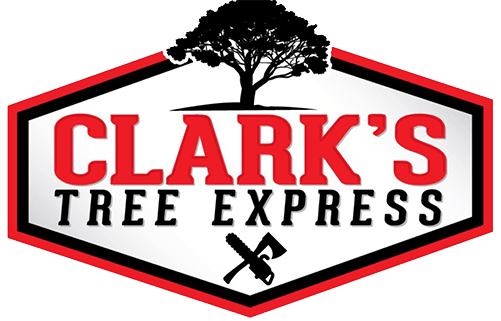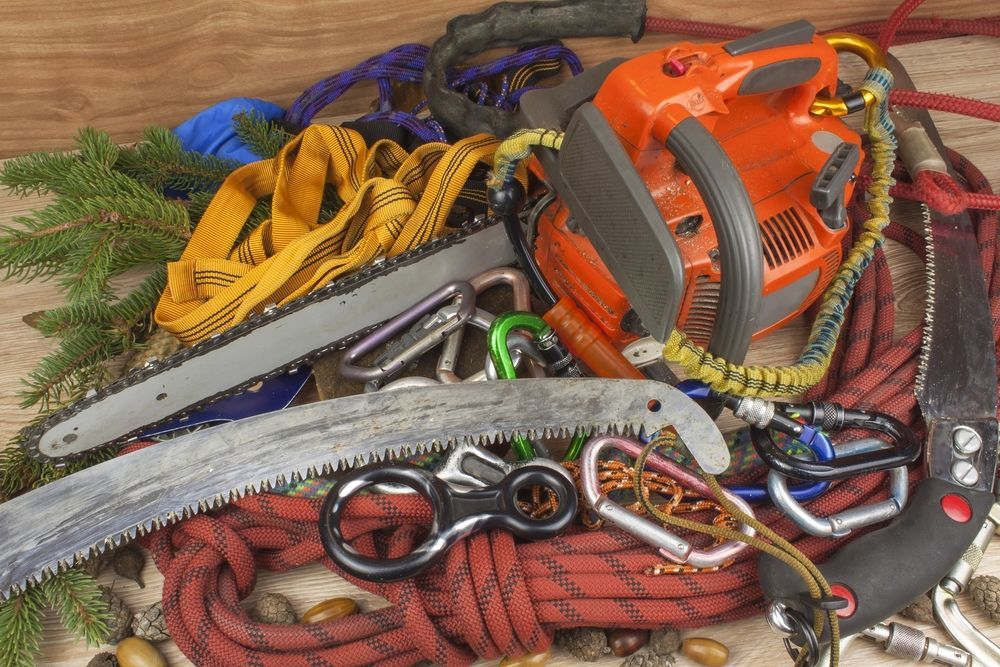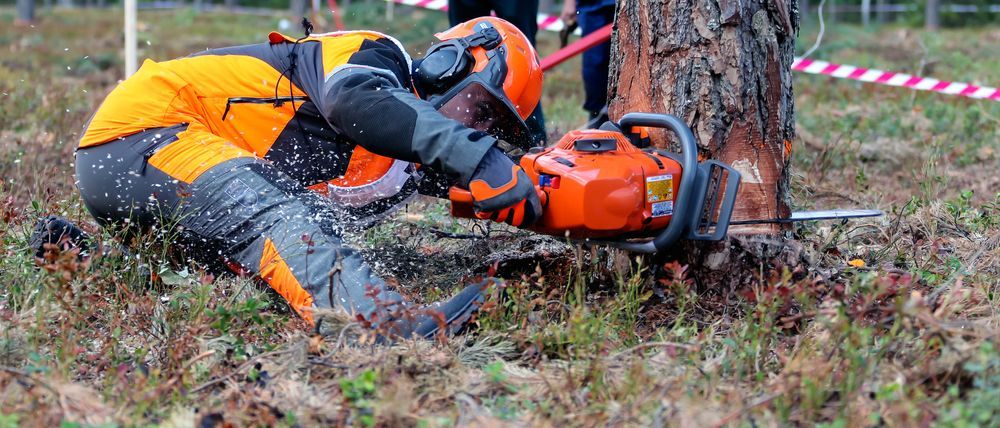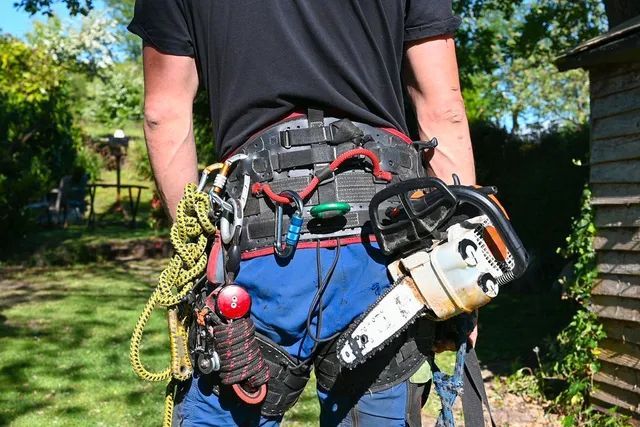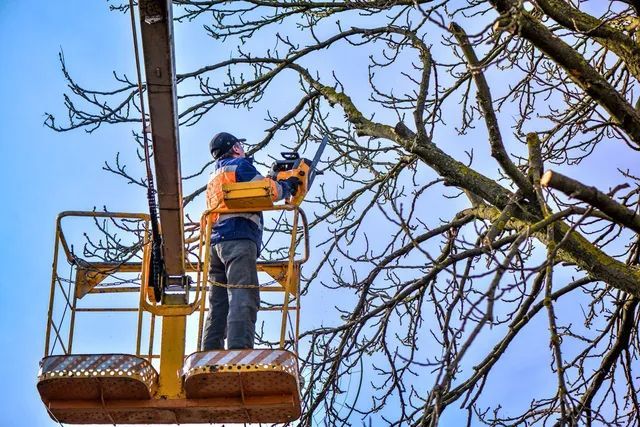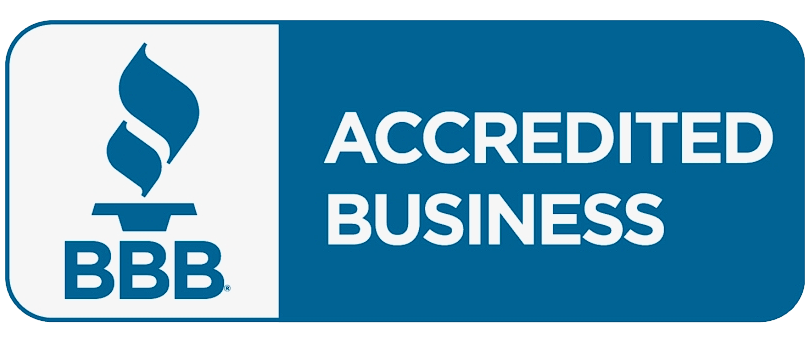How Regular Tree Trimming Keeps Huntersville Homes Safe Year-Round
In Huntersville, trees are part of what makes our neighborhoods beautiful — tall oaks, pines, and maples providing shade and character to every property. But those same trees can also become serious safety hazards if left untrimmed.
A strong storm, a few years of neglect, or even a single overextended branch can lead to costly damage. Regular tree trimming isn’t about making trees look tidy — it’s about protecting your home, preserving your landscape, and avoiding expensive emergencies.

Let’s look at how routine tree care keeps your property safe year-round, the best timing for trimming, and what local homeowners should know before calling a professional.
Why Tree Trimming Is a Safety Essential — Not an Option
Huntersville experiences humid summers, heavy rainfall, and the occasional windstorm. When branches become overgrown or diseased, they’re more likely to crack under pressure. Proper trimming removes those weak points before they cause harm.
Real safety benefits
- Prevents property damage – Trimming removes heavy or dead branches that can snap and hit roofs, vehicles, or power lines.
- Improves visibility and access – Keeps branches away from driveways, sidewalks, and entryways.
- Reduces storm risk – A balanced canopy lets wind pass through instead of pushing the tree over.
- Stops pest and disease spread – Cutting out infected or decaying wood keeps the rest of the tree healthy.
- Protects your investment – Well-trimmed trees can increase home value and curb appeal.
Why professional trimming matters
DIY tree work often leads to over-cutting or unsafe ladder use. A certified professional understands growth patterns, cut angles, and balance — keeping both you and your property safe.
How Regular Trimming Protects Homes in Every Season
Different seasons demand different tree care strategies. Huntersville’s mix of humid summers and cold winters means trimming at the right time makes all the difference.
Spring – Repair Winter Damage
Winter weather often leaves behind cracked limbs and frost damage. Spring trimming removes these hazards early and supports healthy new growth.
Summer – Manage Heavy Growth
Hot weather accelerates canopy growth. Thinning out crowded branches allows more air and sunlight through, preventing fungus and reducing storm wind resistance.
Fall – Prevent Storm Breakage
Autumn is the season for preparation. Removing dead or weak branches before storms prevents broken limbs from falling on roofs or vehicles.
Winter – Shape and Strengthen
Dormant trees are easier to trim without stressing them. This is the best time for structural pruning to improve strength and balance before spring returns.
How Professional Tree Trimming Works
Professional tree trimming isn’t random cutting — it’s a planned, methodical process designed to promote safety and long-term health.
- Inspection – Arborists examine tree structure, branch weight, and proximity to power lines or structures.
- Planning – A trimming plan is designed based on species, season, and potential risks.
- Precision Cutting – Strategic cuts remove hazards without harming healthy limbs.
- Debris Removal – Crews clear all branches and sawdust for a clean finish.
- Final Check – The arborist verifies balance, safety, and regrowth patterns before leaving.
Professionals also use specialized tools and safety harnesses to reach high branches — something most homeowners should never attempt on their own.
Warning Signs That It’s Time to Trim
Knowing when to schedule trimming can prevent costly emergencies. Call a professional if you notice:
- Branches hanging over your roof or touching power lines
- Cracked, dead, or hollow limbs
- Trees leaning noticeably to one side
- Excessive shade blocking grass or plants
- Branches scraping against your siding or chimney
- Fungal growth or sawdust at the base of the trunk
Ignoring these signs often leads to roof repairs, pest infestations, or complete tree removal — all of which are far more expensive than maintenance trimming.
Common Homeowner Questions
How often should trees be trimmed?
Most mature trees need trimming every 2–3 years. Fast-growing or storm-exposed species may need annual maintenance.
What’s the difference between trimming and pruning?
Trimming focuses on safety and appearance. Pruning improves the tree’s structure and long-term health.
Can trimming too much damage the tree?
Yes. Over-trimming weakens trees and invites disease. Professionals know how much to remove safely.
When is the best time to trim trees in Huntersville?
Late winter through early spring is ideal. However, safety-related trimming — such as removing dead or hazardous limbs — should be done immediately.
Do I need a permit to trim or remove trees?
Most residential trimming in Huntersville doesn’t require one, but removals or public tree work might. A licensed tree service will confirm any local regulations for you.
Protecting Your Home Year-Round
Regular trimming isn’t just about curb appeal — it’s preventive maintenance that protects your family and property. A single storm-damaged branch can cost thousands in repairs, while routine trimming keeps your trees strong, balanced, and safe.
For Huntersville homeowners,
scheduling professional trimming once a year (or every two years for established trees) is one of the easiest ways to avoid disaster and keep your landscape looking its best.
